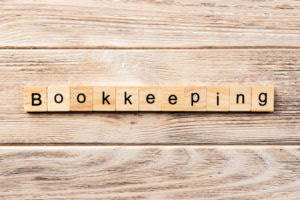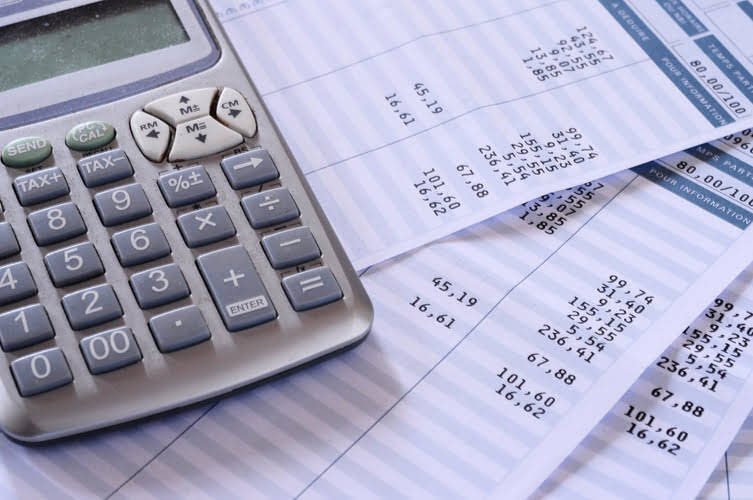
Compared to the standard declining balance method, the double-declining method depreciates assets twice as quickly. To illustrate, suppose your business purchases a piece of equipment for $10,000 that has a useful life of five years and no salvage value. Under the straight-line method, the annual depreciation expense is 20 percent of the asset’s cost, or $2,000 ($10,000 cost / 5-year useful https://wkwk99slot.com/maximize-efficiency-with-virtual-accounting/ life).

Cash Flow
- The machine is expected to have a $1,000 salvage value at the end of its useful life.
- Sara wants to know the amounts of depreciation expense and asset value she needs to show in her financial statements prepared on 31 December each year if the double-declining method is used.
- Whether you’re exploring our accounting solutions or digging into the details, AdamAI is here to answer — clearly, directly, and like a real conversation.
- This is unlike the straight-line depreciation method, which spreads the cost evenly over the life of an asset.
- If 80 items were produced during the first month of the equipment’s use, the depreciation expense for the month will be $320 (80 items X $4).
Since depreciation is a non-cash expense, it must be added back to the net income in the operating activities section to reflect the actual cash flow. Any asset when subjected to normal use will get subjected to new technology, wear and tear, or unfavorable market conditions, and will result in a reduction to its value. Vehicles, double declining balance depreciation plant machinery, buildings, and more will not last forever and are expected to depreciate until they have reached their salvage value.
Calculate declining balance depreciation
By accelerating the depreciation and incurring a larger expense in earlier years and a smaller expense in later years, net income is deferred to later years, and taxes are pushed out. Using the steps outlined above, let’s walk through an example of how to build a table that calculates the full depreciation schedule over the life of the asset. If the double-declining depreciation rate is 40%, the straight-line rate of depreciation shall be its half, i.e., 20%. The carrying value of an asset decreases more quickly in its earlier years under the straight line depreciation compared to the double-declining method.
How to Calculate Depreciation Using Double Declining Method
The double declining balance method of depreciation is just one way of doing that. Double declining balance is sometimes also called the accelerated depreciation method. Businesses use accelerated methods when having assets that are more productive in their early years such as vehicles or other assets that lose their value quickly. The “double” means 200% of the straight line rate of depreciation, while the “declining balance” refers to the asset’s book value or carrying value at the beginning of the accounting period. Another advanced consideration when utilizing the double declining balance method is the time-value of money (TVM). As an accelerated depreciation technique, DDB frontloads the depreciation expense, allowing companies to record higher expenses in the early years of an asset’s life.

Applying the Method Annually
- On the other hand, with the double declining balance depreciation method, you write off a large depreciation expense in the early years, right after you’ve purchased an asset, and less each year after that.
- Backed by 2,700+ successful finance transformations and a robust partner ecosystem, HighRadius delivers rapid ROI and seamless ERP and R2R integration—powering the future of intelligent finance.
- Once the straight-line rate is determined, the double declining balance rate is found by multiplying this straight-line rate by two (or 200%).
- To calculate the depreciation expense for the first year, we need to apply the rate of depreciation (50%) to the cost of the asset ($2000) and multiply the answer with the time factor (3/12).
It involves more complex calculations but is more accurate than the Double Declining Balance Method in representing an asset’s wear and tear pattern. This method balances between the Double Declining Balance and Straight-Line methods and may be preferred for certain assets. Depreciation is the process by which you decrease the value of your assets over their useful life. The most commonly used method of depreciation is straight-line; it is the simplest to calculate. The double-declining-balance method is an accelerated, or decreasing-charge, depreciation method. Such a cost allocation may better match the benefit certain assets provide with the rate of their value decline over time.
A record in the general ledger that is used to collect and store similar information. For example, a company will have a Cash account in which every transaction involving cash is recorded. A company selling merchandise on credit will record these sales in a Sales account and in an Accounts Receivable account. Things that are resources owned by a company and which have future economic value that can be measured and can be expressed in dollars. Examples include cash, investments, accounts receivable, inventory, supplies, land, buildings, equipment, and vehicles.


The annual DDB depreciation amount for the first year is multiplied by a fraction (e.g., 6/12) to determine the prorated expense. Salvage value is the estimated amount an asset is expected to be worth at the end of its useful life. It’s the value a business anticipates receiving when selling, scrapping, or trading the asset. It acts as a lower limit for depreciation, as an asset cannot be depreciated below its estimated salvage value. In some cases, salvage value might be estimated as zero, especially for assets with minimal residual worth. This guide offers a complete, step-by-step approach to accelerated asset cost allocation.
Like the double declining balance method, the sum-of-the-years’ digits method is another accelerated depreciation method. It is calculated by QuickBooks Accountant multiplying a fraction by the asset’s depreciable base in each year. The fraction uses the sum of all years’ digits as the denominator and starts with the largest digit in year 1 for the numerator.
Legg igjen en kommentar